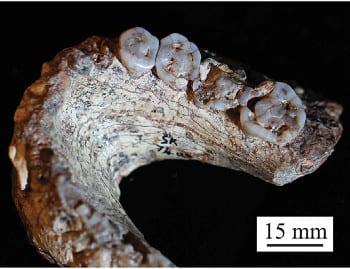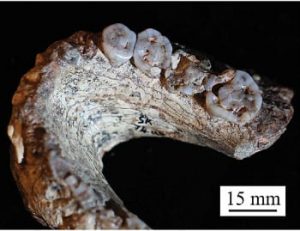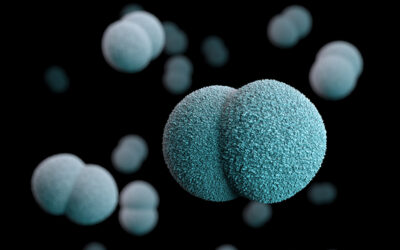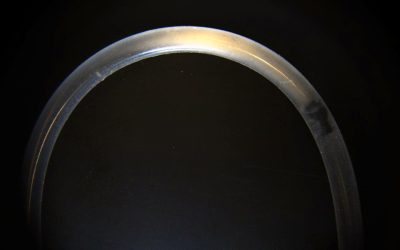The patterns of wear found on teeth, both fossil and recent, help paleontologists, evolutionary biologists and paleodontologists (fossil teeth specialists!) to make inferences regarding the diet and feeding behavior of extinct animals and early human ancestors. In a new article published in BioEssays, the use of micromechanical methods to reproduce and quantify tooth wear is reviewed and summarized for a wide scientific audience.
Dental wear analysis is split into two fields: macrowear and microwear. Macrowear measures tooth-scale wear and tear, such as the wearing down of an entire tooth, sometimes down to gum level. Microwear concerns the much smaller scale scratches, indentations and other markings on the tooth enamel caused when eating different types of foods. For example, harder foods tend to leave ‘pits’ in the enamel, whereas softer foods tend to leave ‘scratches’. Both microwear and macrowear have been previously measured in tooth examples in great detail, but the use of micromechanics allows the wear to be simulated from a materials science perspective, in order to better constrain the measurements taken from real teeth examples.
Formal contact micromechanics is used to create controlled indentation events that replicate observed patterns of microwear, in order to elucidate the wear rates. The importance of factors such as tooth size, enamel thickness, and the size and shape of the particles generating the wear can also be assessed. These analyses can be invaluable for assisting in the reconstruction of dietary patterns, and represent an exciting and productive collaboration between materials science and biosciences.


















